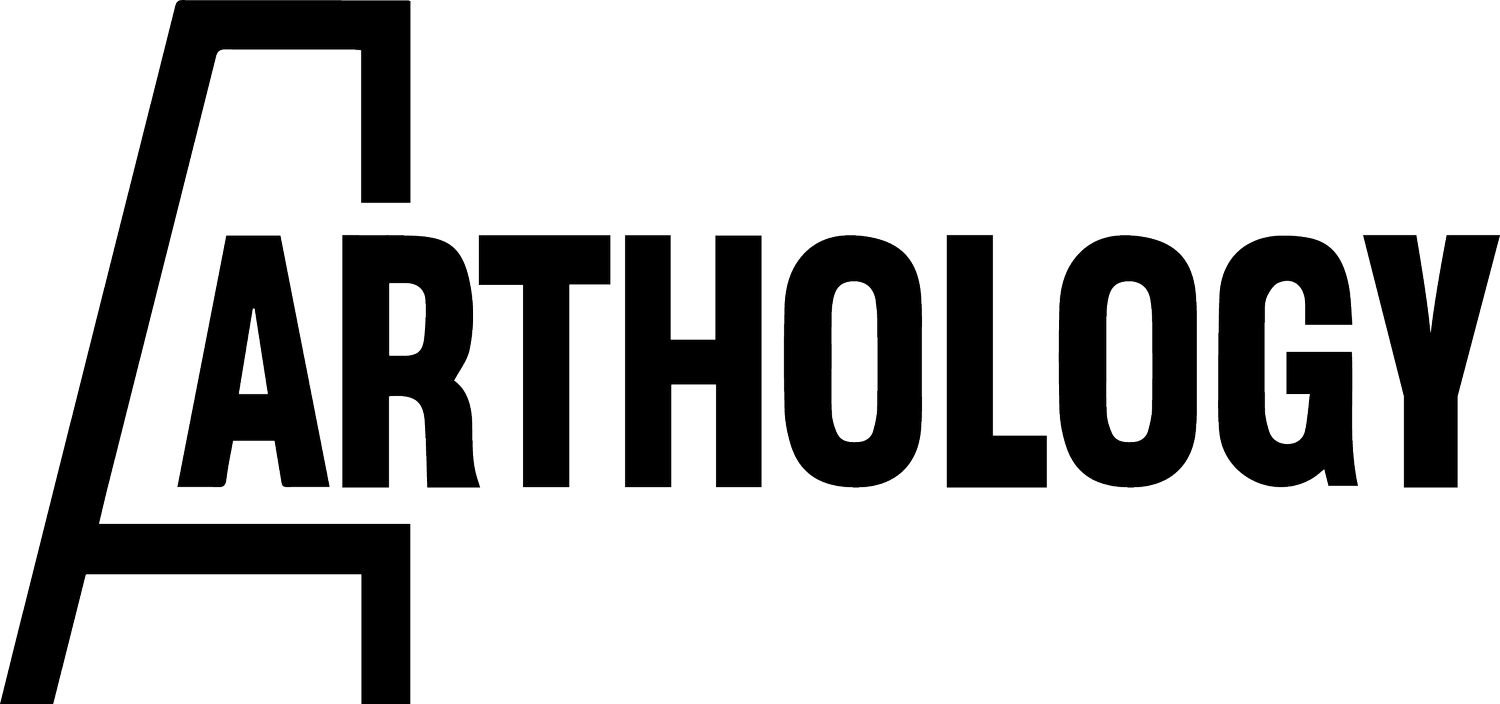From Language to Curation: Yunxia’s Transcultural Curatorial Path
In today’s art ecosystem, the identity of a curator has long expanded beyond the confines of museums or formal art training. Increasingly, individuals from backgrounds such as education, translation, research, and organisational management are entering the curatorial field, reshaping its boundaries and methodologies. Yunxia Jiang is a representative example of this shift. Her curatorial journey did not begin in art history or visual culture, but rather grew out of long-term experience in language education and intercultural learning, which fostered a deep understanding of cultural structures, modes of expression, and public communication. She approaches curation as a process of content organisation and cultural translation—continuously expanding the scope and social meaning of the curator’s role.
Jiang studied at both the Universitat Autònoma de Barcelona and the University of Barcelona, and lived for years within a Spanish-speaking cultural environment. This multilingual and multicultural immersion led her to an early understanding that language is itself a form of culture. Through sustained movement between Chinese, Spanish, and English, she developed both fluency in multilingual communication and sensitivity to cultural contexts, expressive nuance, and identity differences. Although these experiences were not part of conventional artistic training, they laid the groundwork for her ability to understand the languages of diverse artists and create curatorial spaces of cross-cultural dialogue.
In 2015, upon returning to China, Jiang transitioned into the field of education. Through her teaching, she became increasingly interested in the structure of pedagogy itself. She came to see language instruction not merely as a transfer of grammar and pronunciation, but as a reorganisation of cultural systems, narrative logic, and learning pathways. This educational insight later extended into her work in art and programming. Over seven years, she moved from project coordination to managing international partnerships and alumni communities. She designed and implemented a series of art-related exchange programs, short-term workshops, and overseas study tours for students from art institutions, gradually viewing art as a form of education and social activation. For Jiang, an art project is not simply about content presentation, but a training ground for cultural perception.
Eventually, Jiang formally entered the arts as an executive curator. Since 2019, she has taken on full curatorial responsibilities in various international contemporary art projects, establishing her position in the field of cross-cultural curation. She leads all stages of exhibition development, from artist engagement and text translation to educational programming and on-site execution. Particularly adept at multilingual collaboration with Latin American and Western European artists, she has developed a curatorial language grounded in contemporary craft, material culture, and transcultural identity narratives. Her exhibitions have been presented at the London Design Festival, in independent art spaces in Barcelona, and in multiple art museums across China. Her curatorial approach blends pedagogical structure with narrative depth, viewing exhibitions as platforms for interpretation, translation, and public discourse.
Through ongoing practice, Jiang has refined a thematic focus in her curatorial work. Her exhibitions often begin with concepts such as identity, migration, and cultural translation, exploring how personal narratives and expressive forms are reshaped in the context of global mobility. She often begins with everyday materials and gestures, using the subtle differences in body, language, and object to question existing cultural categories. Whether building curatorial narratives or co-creating with artists, she prioritises localised perception and linguistic multiplicity, aiming to move beyond fixed exhibition logic toward more responsive and relational structures. For Jiang, an exhibition is never static—it is a generative social mechanism, one that must respond to emotion, experience, and positionality, and continually produce new paths of understanding between audiences and artworks.
Her career trajectory reflects the hybrid identity of the contemporary curator: she is a linguist, an educator, and a spatial organiser. Jiang never “shifted careers” in the conventional sense; instead, she continuously expanded and reassembled her experiences across stages, ultimately developing a unique curatorial methodology rooted in multilingualism, where translation, pedagogy, and cultural sensitivity converge in narrative strategy and audience engagement.
In an era where curatorial language is constantly evolving, Jiang’s path offers an alternative: curation need not begin in art, but it can lead to complex cultural dialogue. She is not merely a producer of exhibitions, but a practitioner who works from within cultural structures to foster knowledge exchange, cultural translation, and shared public experience.
